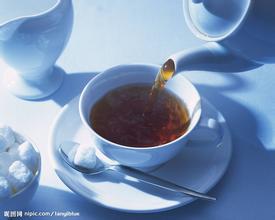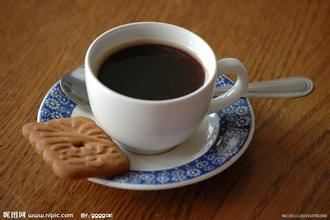Introduction of coffee plantation in Bali, Indonesia
Exploring the secrets of the plantation
When we arrived in Bali, at the height of summer, Cade, the local driver of Ubu, drove us through a large wet and dense primeval forest and finally stopped in front of a coffee plantation.
Indonesia is a country rich in coffee beans, and its output ranks fourth in the world. Bali's unique soil conditions, geographical location and cultivation methods have created a distinctive flavor. The Kopi Luwak Initiative is also one of the national gifts given by the Indonesian government to distinguished guests. Cade said that Bali is currently promoting "green" agriculture, and many local coffee plantations have pulled huge barbed wire ceilings to extract "cat poop" coffee ingredients by semi-stocking musk cats, so as to attract tourists and develop coffee cultivation and tourism industry.
The coffee plantation we visited is located on a hill, the whole hill is covered with coffee trees, and the opposite is a beautiful terraced field. As soon as I entered the garden, I smelled the unique fragrance of tropical plants. In the garden are cacao trees with red and yellow ripe fruits, ginger flowers swaying in the wind, fruitful cinnamon and other tropical spice crops. The rare civets are kept in cages and are fast asleep.
The owner told us that the civets sleep during the day and are active at night. In the dead of night, the breeders would open the cages and let them come out and eat coffee fruits freely. Depending on its extremely keen sense of smell, the civet will choose the most mature and juicy red coffee fruit to eat.
The civet has a pointed mouth and a small head. If you look closely, it looks more like a monkey or masked palm civet. Next to their bodies, a large pool of sticky material on the ground is the raw coffee raw material "cat shit" that has not yet been processed.
Then why can this "cat shit" become a delicious raw material for coffee? The owner took us to the coffee factory and uncovered the secret. It turns out that when the coffee fruit passes through the civets' digestive system, the protein is broken down by stomach acid and enzymes, eliminating the bitterness of the coffee beans. At the same time, it is also contaminated with the "musk" oil in the civets, so the rest are "fine products". The coffee made from this kind of coffee beans is very simple and thick, the general coffee beans can only be brewed once, but it can be brewed three or four times without becoming light, and exudes a chocolate-like aroma.

Important Notice :
前街咖啡 FrontStreet Coffee has moved to new addredd:
FrontStreet Coffee Address: 315,Donghua East Road,GuangZhou
Tel:020 38364473
- Prev

Introduction to the characteristics of Indonesian Mantenin Coffee beans Lindong, Sumatra Island
This coffee trip visited several famous coffee exporters in MEDAN, the capital of Sumatra. The first is, of course, my supplier PAWANI. I am now their first authorized distributor in China. Hehe, PAWANI has a history of 56 years since its establishment. The founder, Mr. Dudebar, and two companions founded PAWANI, which means a long time.
- Next

Kenya Coffee Manor Berman Manor
Established in 1950, Kenya DORMANS (Berman Manor) is one of the largest coffee producers in Kenya. DORMANS offers the highest international level of Kenyan specialty coffee (Specialty Coffee), 100% Arabica coffee beans from a single producing area, and real gourmet coffee (Gourmet Coffee). Kenyan coffee enjoys a high international reputation because of its excellent quality.
Related
- Does Rose Summer choose Blue, Green or Red? Detailed explanation of Rose Summer Coffee plots and Classification in Panamanian Jade Manor
- What is the difference between the origin, producing area, processing plant, cooperative and manor of coffee beans?
- How fine does the espresso powder fit? how to grind the espresso?
- Sca coffee roasting degree color card coffee roasting degree 8 roasting color values what do you mean?
- The practice of lattes: how to make lattes at home
- Introduction to Indonesian Fine Coffee beans-- Java Coffee producing area of Indonesian Arabica Coffee
- How much will the flavor of light and medium roasted rose summer be expressed? What baking level is rose summer suitable for?
- Introduction to the characteristics of washing, sun-drying or wet-planing coffee commonly used in Mantenin, Indonesia
- Price characteristics of Arabica Coffee Bean Starbucks introduction to Manning Coffee Bean Taste producing area Variety Manor
- What is the authentic Yega flavor? What are the flavor characteristics of the really excellent Yejasuffi coffee beans?

